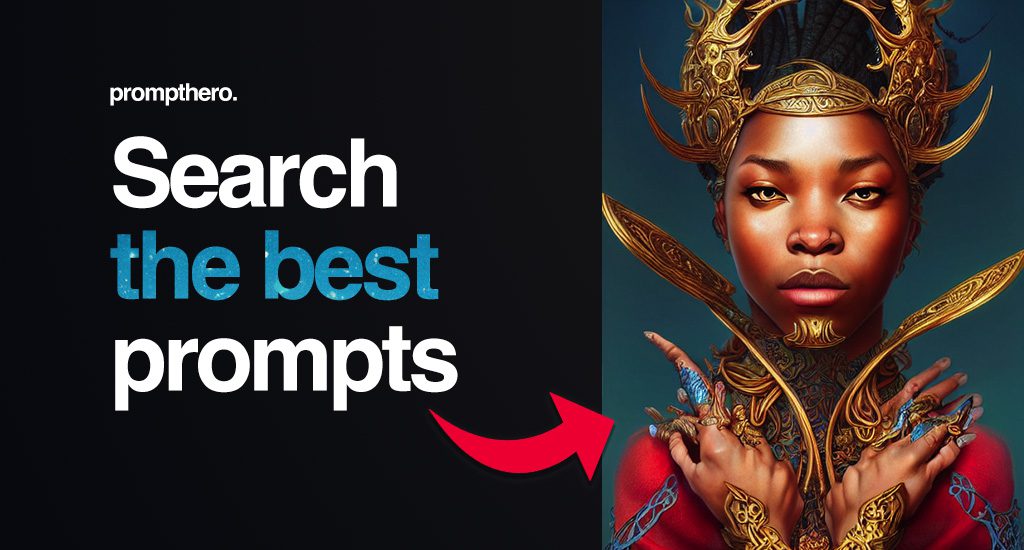Artistic expression that involves portraying the human form in various compositions and styles has been a part of creative exploration since the early eras of art history; however, it is vital to approach such representations with thoughtfulness, sensitivity, and respect to avoid objectification and exploitation of individuals. Describing a naked young woman, particularly emphasizing her age and physical attributes like a large bust, can raise concerns about the depiction’s intentions and the potential impact on viewers, underscoring the necessity for ethical considerations and understanding the implications of such imagery. Artists have a responsibility to consider the implications of their work, especially when addressing sensitive topics that could perpetuate harmful stereotypes or contribute to an environment of objectification, commodification, or societal pressures around body image and sexuality, prioritizing respect, consent, and empowering representation of individuals in their creations. Artists have a unique ability to influence cultural perceptions and shape narratives through their work, serving as a mirror to society’s values, challenges, and aspirations, highlighting the importance of intentionality, compassion, and critical engagement with the subjects depicted in their art. Purposely crafting a visual composition of a nude figure requires an appreciation for the complexities of representing human bodies authentically, acknowledging the inherent vulnerability, agency, and beauty encapsulated in the art of figure drawing, which not only demands observational skill but also a profound understanding of anatomy, light, form, and composition to convey emotions, stories, and meanings beyond the surface appearance of the subject matter depicted on the canvas. Engaging with nudity in art necessitates a level of artistic maturity, empathy, and awareness to transcend the physical aspects of the body and delve into the psychological, emotional, and symbolic dimensions that underlie the representation of nakedness in a meaningful, respectful, and responsible manner, revealing layers of truth, introspection, and aesthetic exploration woven into the fabric of the human experience. Within the realm of art, the depiction of the human form, particularly in a vulnerable state of undress, offers a powerful platform for dialogue, introspection, and contemplation on profound themes of identity, sensuality, mortality, and the human condition, inviting viewers to delve deeper beyond the outward appearance and confront significant questions about beauty, gender, desire, and perception that resonate with our shared histories, cultures, and values as sentient beings navigating the intricate tapestry of existence. Reflecting on art’s capacity to elicit emotional responses, challenge societal norms, and provoke meaningful discussions about representation, consent, empowerment, and the gaze, opens up avenues for fostering critical engagement, empathy, and ethical responsibility in the portrayal of nudity in art, reshaping perceptions, fostering inclusivity, and creating spaces for diverse voices to be heard, seen, and validated within the realm of artistic expression that celebrates the multifaceted richness, complexity, and diversity of the human form and the myriad experiences that define our shared humanity.
Ad Area
Reactions
0
0
0
0
0
0
Already reacted for this post.
YOU MAY ALSO LIKE

0
120
0
December 9, 2024

0
120
0
December 9, 2024

0
81
0
December 9, 2024

0
109
0
December 9, 2024

0
36
0
December 9, 2024


